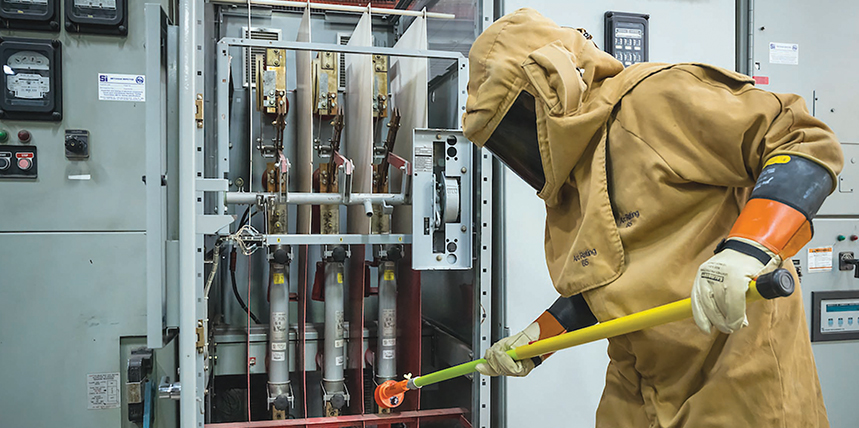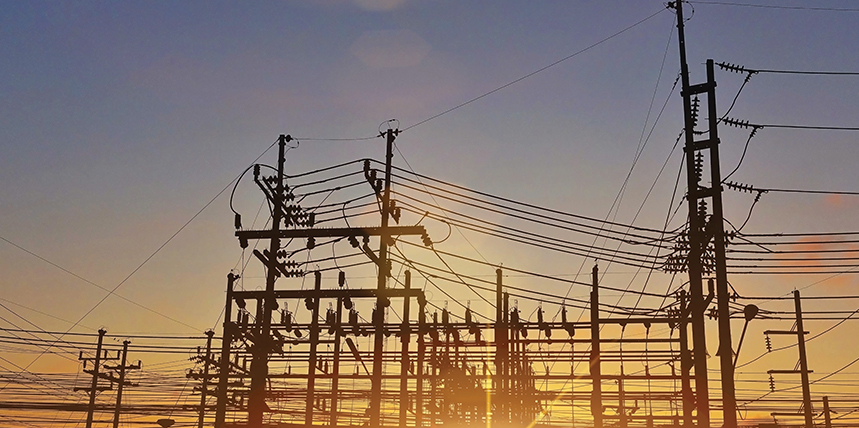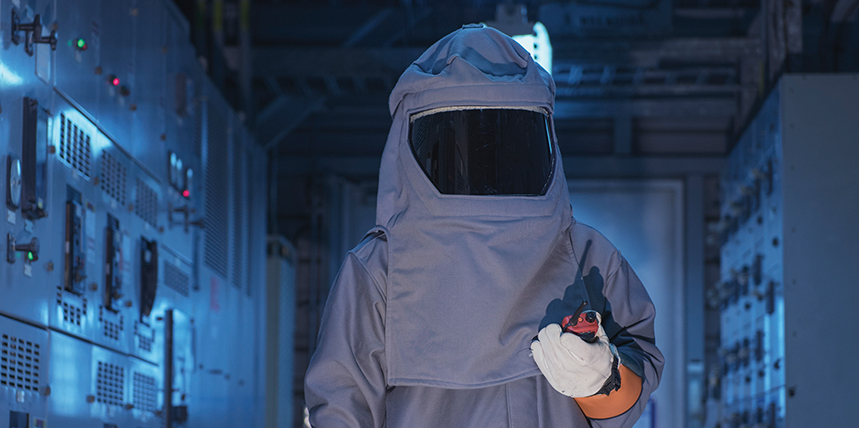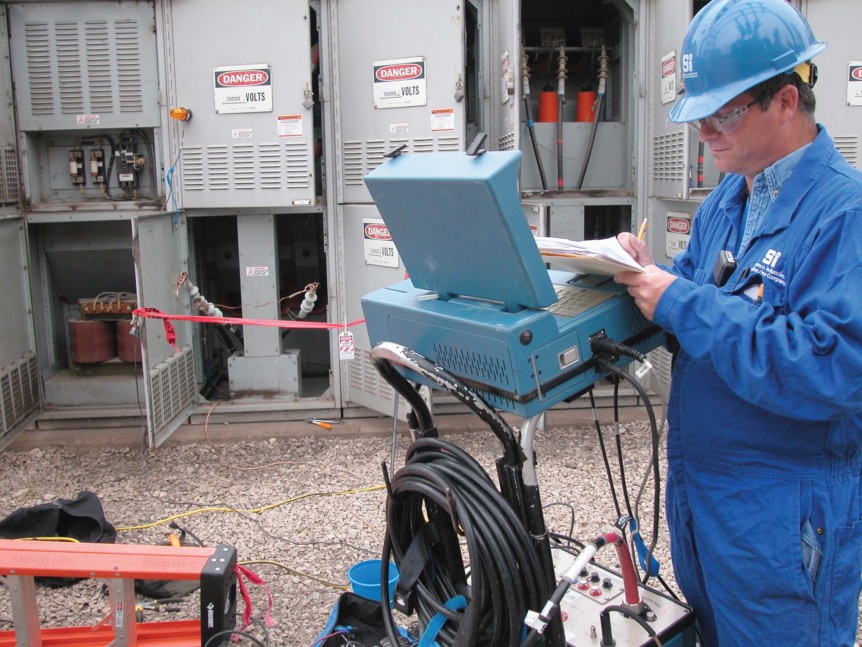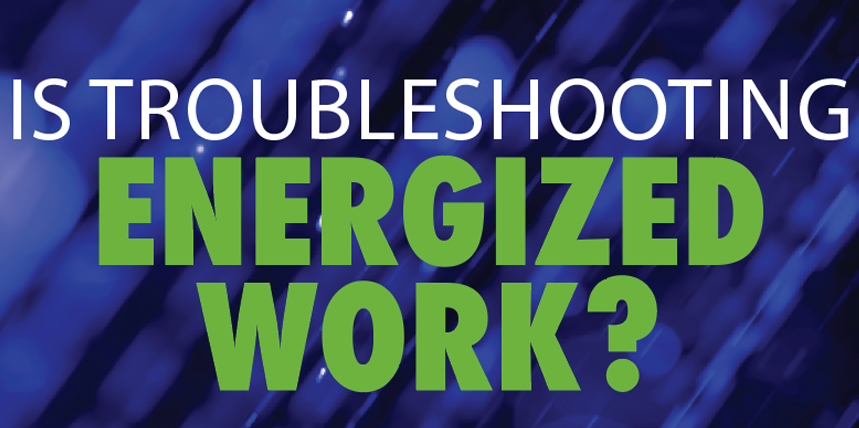As we enter into the fall season, temperatures are starting to come down, the leaves are turning, and the game of football is cranking up. As we go through football season this year, you will undoubtedly hear many times that it’s “a game of inches.” Football being a game of inches was highlighted in a memorable way by actor Al …
Fault on Feeder M1A: Guidance from NFPA 70E — Part 3
This is the last in a three-part series of articles as we navigate a 15 kV feeder fault and the subsequent repairs. We have discussed how NFPA 70E is an important tool for the electrical worker to use in the field as they troubleshoot, repair, and restore electrical equipment after a significant fault event, all with an eye on getting the …
Fault On Feeder M1A: Planning Recovery Using NFPA 70E
Previously, we discussed a 15 kV feeder fault at a manufacturing plant and how NFPA 70E is an important tool for the electrical worker to use in the field as they troubleshoot, repair, and restore the equipment to get the facility up and running. To recap, here’s what happened: The main circuit breaker in one of the plant’s three medium-voltage substations …
Proposed Changes to the NFPA 70E Standard, 2002 Edition
The National Fire Protection Association (NFPA) is best known for the 70 standard, which is a consensus standard reviewed and updated every three years. The NFPA produces many additional standards covering topics such as Aircraft Rescue and Fire Fighting, Finishing Processes, and Wastewater Treatment Plants. There are three standards that pertain directly to electrical workers and equipment: • NFPA 70 …
Key Points of NFPA 70E’s Safe Work Practices
At 5:45 AM on a particularly cold winter day, an industrial manufacturing plant experienced a significant electrical fault event on a 15kV substation that feeds power to approximately 30% of the manufacturing operations. FAULT ON FEEDER M1A: WHAT HAPPENED? The main circuit breaker in one of the plant’s three medium-voltage substations experienced a fault, arc flash event, and subsequent trip …
Looking at NFPA 70E 2021: Part 2
This issue of NETA World continues with the deep dive into the NFPA 70E revisions that went into the 2021 edition. Part 1 in the Winter 2020 issue covered the reorganization (which was not nearly as extensive as in previous editions); reviewed Article 100 Definitions; and began on Article 110 General Requirements for Electrical Safety-Related Work Practices with Section 110.1 …
Looking at NFPA 70E 2021: Part 1
In this issue of NETA World, we begin to explain some of the major changes in the 2021 edition of NFPA 70E. So whether you love the 70E, or find it a challenge and don’t want to deal with it…because your life at work is mandated by it, and you know what that means: Do it or else! But that …
NFPA 70E–2021 Is Here — How Did That Happen?
In September 2020, the newest (2021) edition of NFPA 70E, Standard for Electrical Safety in the Workplace® will be available to the industry. So how is it that such an important safety standard, put forth as a national consensus document, is reviewed, revised, and improved every three years? We’ll look at the process a little later in this article. But …
The Key to Understanding NFPA 70E
The 2021 edition of the NFPA 70E is almost upon us. In June 2020, it should be approved at the technical meeting during the NFPA Conference and Expo, and the Standards Council will issue the standard soon thereafter, likely in August 2020. A pdf version of the standard will likely be released in September, with a printed copy available in …
Is Troubleshooting Energized Work?
This issue’s theme brings up a question frequently asked by NETA technicians: “When does troubleshooting end and when does repair begin?” This question is often paired with “What does 70E say about troubleshooting and repair?” We hope to make things clear for everyone in the field. To begin, look at the definition of “working on” (energized electrical conductors and circuit …
